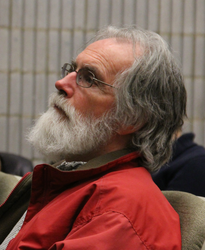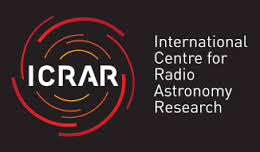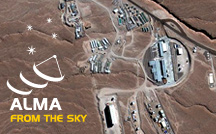Prof Dick Bond is quoted in the New York Times article “Criticism of Study Detecting Ripples From Big Bang Continues to Expand”.
Find the article PDF…
Featured
New York Times article: “Criticism of Study Detecting Ripples From Big Bang Continues to Expand”
Featured News Planck // // September 23, 2014 // no comments
CITA Jamboree
Featured Uncategorized // // September 19, 2014 // no comments
CITA held it’s annual Jamboree on Monday September 15th, 2014
Please find below the abstract for everyone who was here to introduce their research and a few slides.
Abstract
Sample slides
Slide 1 Slide 2 Slide 3 Slide 4 Slid…
Norm Murray interviewed in weekly journal ‘Nature’
Featured News // // July 7, 2014 // no comments
Norm Murray was quoted in the July issue of Nature. The article looks at the current state of exoplanet research and how scientist must now take a different approach in explaining their formation.
Link to the article here or download the PDF…
Mike Nolta listed one of The World’s Most Influential Scientific Minds 2014
Featured News // // July 2, 2014 // no comments
SRA Mike Nolta name made the list of The World’s Most Influential Scientific Minds 2014.
“Spotlighting some of the standout researchers of the last decade, Thomson Reuters has launched Highly Cited Researchers, a compilation of influential names in science. Deriving from InCites Essential Science Indicators, a subset of the Web of Science, Highly Cited Researchers presents more than 3,000…
Peter Martin awarded CASCA Executive Award for Outstanding Service
Awards Featured News // // May 27, 2014 // no comments

Dr. Peter G. Martin has been awarded the CASCA Executive Award for Outstanding Service for 2014.
“The CASCA Executive Award for Outstanding Service is awarded to an individual who has made sustained contributions in service that have strengthened the Canadian astronomical community and enhanced its impact regionally, nationally and/or internationally. This may include, but is not limited to,…
Professor Harald Pfeiffer Awarded Ontario Early Researcher Award
Awards Featured // // May 14, 2014 // no comments
University of Toronto Professor Harald Pfeiffer is a recipient of the Ontario government’s Early Researcher Award. Ontario’s Ministry of Economic Development & Innovation made the announcement May 1st, 2014.
The Early Researcher Award recognizes recently appointed, promising scientists in Ontario. The award comes with prize money to help build a team of support, including undergraduat…
Astronomers harness the Galaxy’s biggest telescope to make most precise measurement of spinning star
Featured News // // May 7, 2014 // no comments

“Professor Ue-Li Pen and CAASTRO Partner Investigator [have] now proven their ‘interstellar lens’ can get down to 50 picoarcseconds, or a million times more detail, resolving areas of less than 5km in the emission region.”
Read mor…
The Royal Astronomical Society Press Release
Featured News // // April 29, 2014 // no comments

The Royal Astronomical Society sent out a press release based on a paper recently published, which has two CITA National Fellows as co-authors: current National Fellow Jorge Moreno and former National Fellow Else Starkenburg.
Below is press release and t…
ALMA Day
Featured // // March 14, 2014 // no comments

CITA and DI are hosting Atacama Large Millimeter Array day (ALMA) on Monday March 17, 2014. There will be
visitors coming from March 13th to March 19th 2014. A few ALMA-related seminars will be given on Monday.
Organizer: Quang Nguyen Luong
All seminars are open for CITA/DI and public in MP1318.
Monday 17 March 2014
11.00 – 12.00 ALMA observatory (Tracey Hill, ALMA…
India-LIGO: Is IndiGO a go?
Featured LIGO News // // February 4, 2014 // no comments

Jammu, India –
The Indian Prime Minister Manmohan Singh announced Monday that India intends to host the third LIGO detector. The Prime Minister made the announcement as he inaugurated the 101st Indian Science Congress at the University of Jammu on February 3rd, 2014.
“India will partner the international scientific community in the establishment of some of the world’s major R&D…
- ← Newer Posts
- 1
- 2
- …
- 7
- 8
- 9
- 10
- Older Posts →